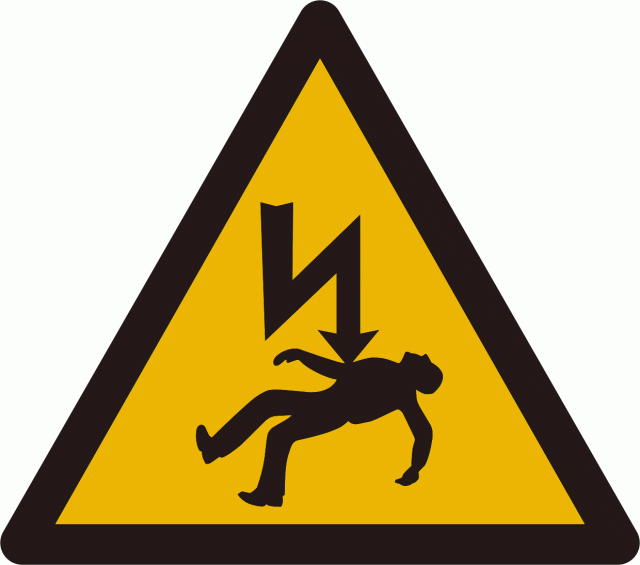Build A Info About How To Deal With A Electric Shock

Lay the person down and, if possible, position the head slightly lower than the trunk with the legs elevated.
How to deal with a electric shock. First aid diagnosis contacting a doctor outlook summary the effects of an electric shock vary depending on its source and severity. Assess the condition and stabilize the victim 4. If the casualty is responsive, call emergency services now.
Electric shocks can be dangerous and even deadly. This might be related & helpful! This can burn both internal and.
Ask in both the casualty's ears for them to open their eyes. Electrical energy flows through a portion of the body, causing a shock. Rushing in to save someone might be your first impulse, but if the danger of electrical shock remains you will only injure yourself as well.
Remember—do not touch the person if he or she is still in contact with the electrical current. First aid for electric shock victims don’t touch. Seek advice from st john ambulance about first aid for electric shock, including the causes, symptoms and treatment for electrocution and emergency first aid.
It happens when the body isn’t getting enough oxygen to the vital organs. The danger from an electrical shock depends on the type of current, how high the voltage is, how the current traveled through the body, the person's overall health and how quickly the person is treated. If the shock comes from something you can’t power off, the 911 operator can contact the electric company to have them shut the power down.
Provide any necessary first aid. Check for other injuries 5. Educate yourself, your kids and everyone else in your household;
Pinch an ear lobe or tap the shoulders. An electric shock happens when an electric current passes through your body. Dial emergency services right away, and let 'em know electricity is messing things up.
The best and safest action is to call 911 or activate the emergency response system in your area. Here are just a few of the things you should do right now in order to be prepared: Cover associated electric shock burns with a dry sterile dressing only.
Disconnect the appliances or turn off the power if the person is undergoing electric shock. As with everything, it’s better to prevent than to treat so taking the right precaution measures to avoid electric shocks and electrocutions is paramount. Change the bandages often.
Loss of muscle control people who receive an electric shock often get painful muscle spasms that can be strong enough to break bones or dislocate joints. When to seek medical care 6. Clean the burn (using clean or gloved hands) with water and a mild soap, apply more antibiotic ointment (if instructed to do so by your doctor), and rewrap with a new, sterile piece of nonstick gauze.


















